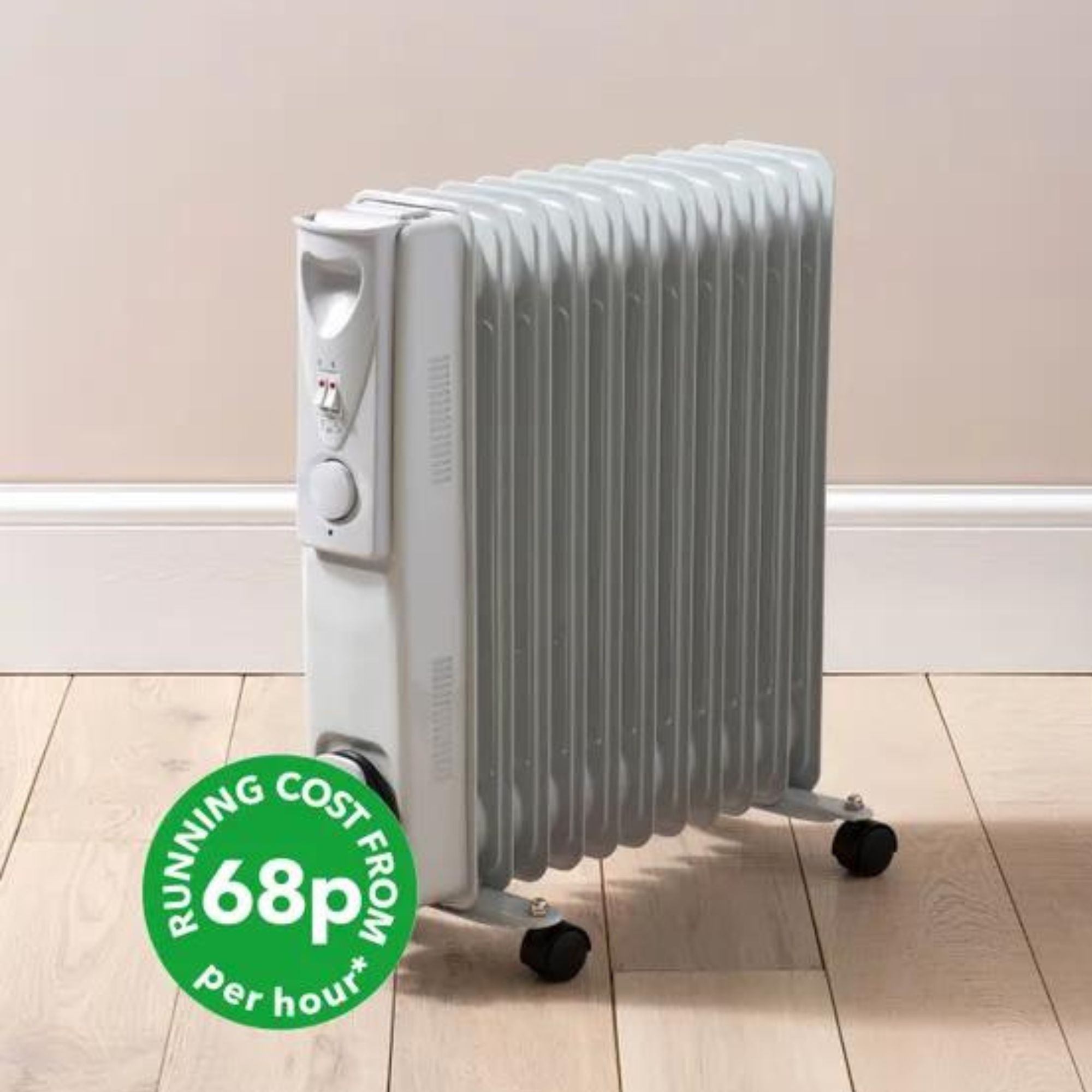How much does it cost to run an oil-filled radiator? And how to save money when using one
This affordable and portable heating option could be the answer to your winter woes
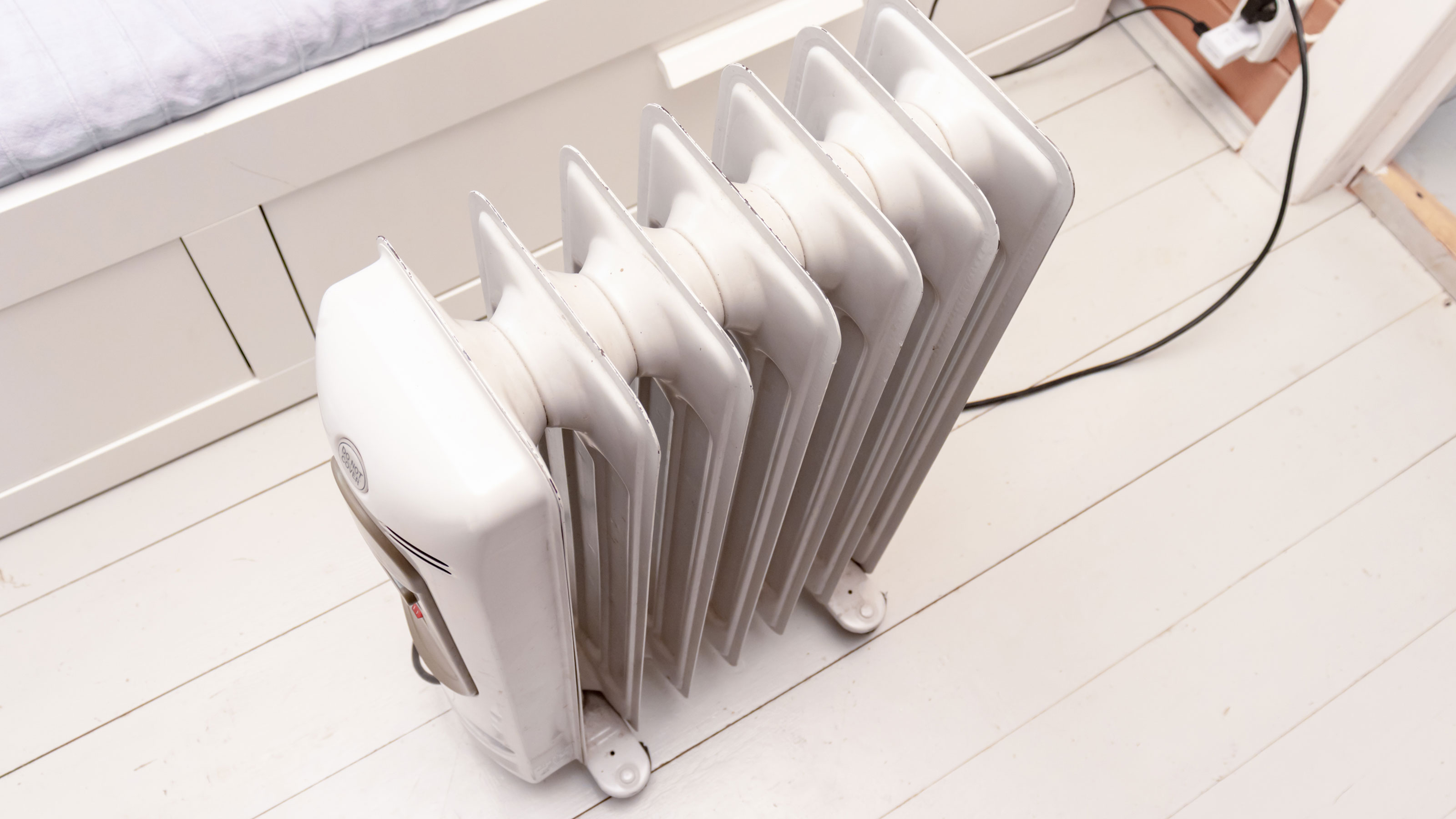

Recent updates
This article has been updated to show the new cost to run based on the April 2024 Energy Price Cap. It has also been fact-checked and any out-of-date information removed.
If increasing energy bills have got you questioning how much it costs to run one of the best oil filled radiators on the market, then we’ve got all of the facts and figures you'll need to help you work out your energy usage.
It's a smart idea to work out now how to save energy at home and stay warm when temperatures start to drop. If you’re one of the many homeowners in the UK trying to keep their boiler working to a minimum, you might be torn between the best electric heaters or a portable oil-filled radiator that can be moved from room to room.
To help you make an informed decision we’ve worked out how much you can expect to spend per hour to run an oil-filled radiator – as well as ways you can reduce your energy bills when using this appliance.
How much does it cost to run an oil-filled radiator?
If you’re looking to find the cheapest electric heater to run, you should definitely consider an oil-filled radiator. But if you want to know exactly how much it costs to run an oil-filled radiator, you need to do some sums.
In fact, to work out how much an appliance costs to run, you first need to work out how much electricity it uses. To do this, you should inspect the specifications of the oil-filled radiator you’re looking to buy and find the wattage. You can then divide the wattage by 1,000 to calculate the amount of energy it uses in kilowatts (kW), which will give you the energy per hour in kilowatt-hours (kWh).
You also need to know how much you pay for 1kWh of energy, which should be outlined on your energy bill. At the time of writing, however, the maximum price you can currently pay for electricity, set by the April 2024 energy price cap, stands at 25p per kWh.

Of course, the overall price per hour will depend on the specific oil-filled radiator that you buy. Nicholas Auckland, heating expert at Trade Radiators, explains, ‘The units can vary in size from 500 - 2500W.’ We have used the current maximum cost of electricity, 25p per kWh to calculate the cost per hour, using these wattage examples.
Get the Ideal Home Newsletter
Sign up to our newsletter for style and decor inspiration, house makeovers, project advice and more.
- A 500kW model would cost you 12p an hour to run.
- A 2500W model would cost 63p an hour to run.
Of course, there are other factors to consider when working out how much it costs to run an oil-filled radiator. If you have poor insulation or want to heat a large room with this one appliance, it’s likely that you’ll have to keep the heater on for much longer - which will obviously increase the price.
However, one major benefit of an oil-based radiator is the oil inside. Jess Steele, heating and technology expert at BestHeating, says, ‘The oil inside retains heat very well, allowing the radiator to continue emitting warmth even after it’s turned off which means it can effectively maintain a comfortable temperature without consuming excessive energy.’
This means that you’ll get always get a little bit of extra warmth for free.

Nicholas Auckland is a heating and energy expert with over 10 years of experience in the industry, as well as the Managing Director of Trade Radiators. Nicholas is dedicated to finding the best heating solutions for every need, as well as optimising energy usage, reducing costs and helping others live with lower costing energy bills. Nicholas has become a trusted leader in the industry, frequently collaborating with the media and other partners to assist with cost of living issues and other home-related problems.
What energy-saving features should I look for when buying an oil-filled radiator?
If you’re shopping for an oil-filled radiator but want to ensure it’s as energy-efficient as possible, there are some key features you can look out for:
1. Heating controls
There are many different oil-filled radiators out there, all with different controls. At the cheaper end of the spectrum, you have radiators that come with a simple on/off switch. However, there are others that offer a range of buttons and programs, including timers and temperature gauges.
Nicholas says, ‘Electric oil-filled radiators may also offer programmable heating controls that give you the flexibility to create a heating routine tailored to your needs. This ensures you are achieving an optimal temperature when it is needed and preventing heat being wasted in unused space, which can happen when turning on the central heating for the entire home.’
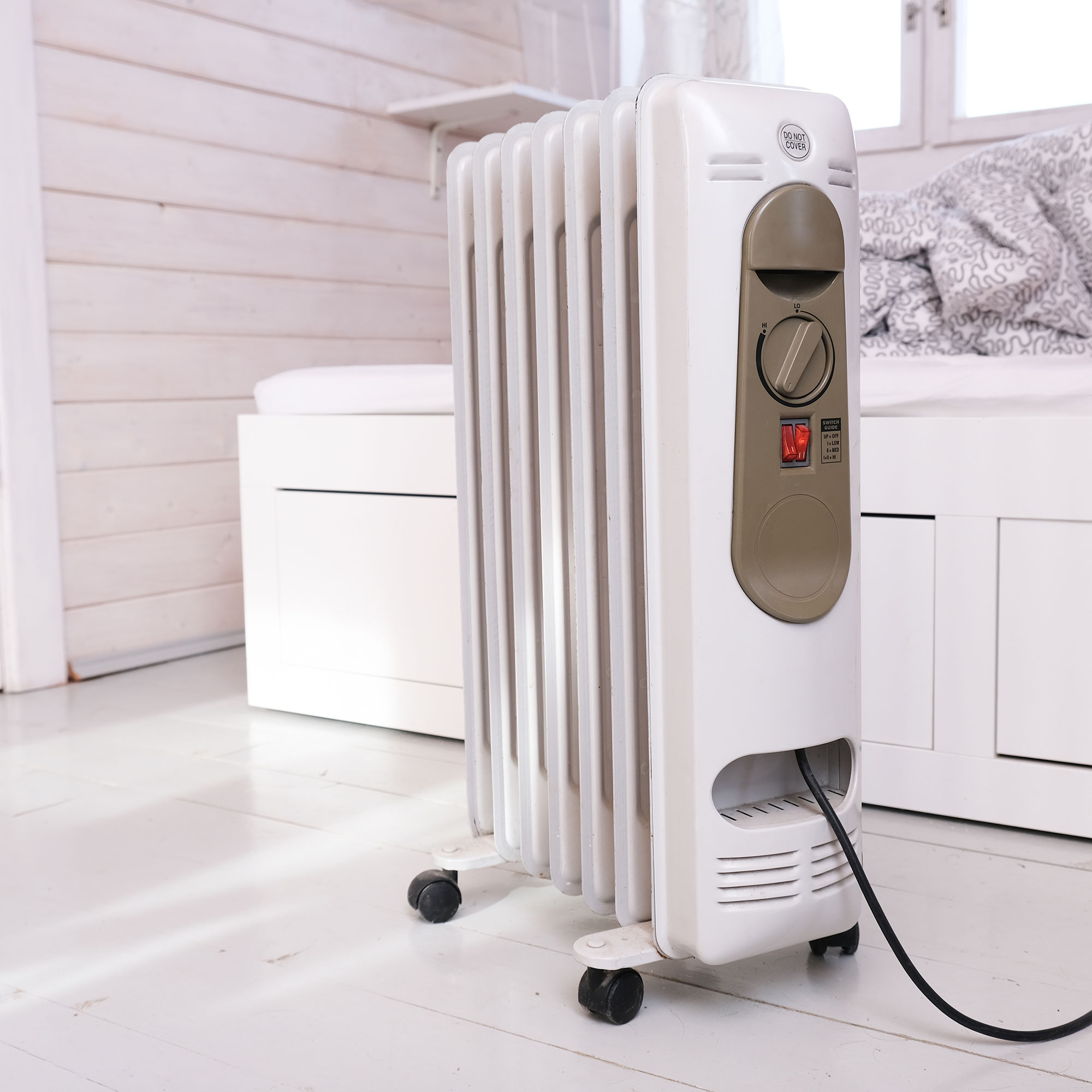
2. Portability
One of the major benefits of an oil-filled radiator is that it’s portable. This means that, instead of putting the heating on to heat your whole house, you can focus your attention on heating the room that you’re in - for example, to heat your office if you want to keep you warm while you’re working from home.
But while some oil-filled radiators stand on static feet, it’s best to opt for a radiator on castor wheels to ensure you can easily move it from room to room and use it as intended. Either that or make sure it has a carrying handle.
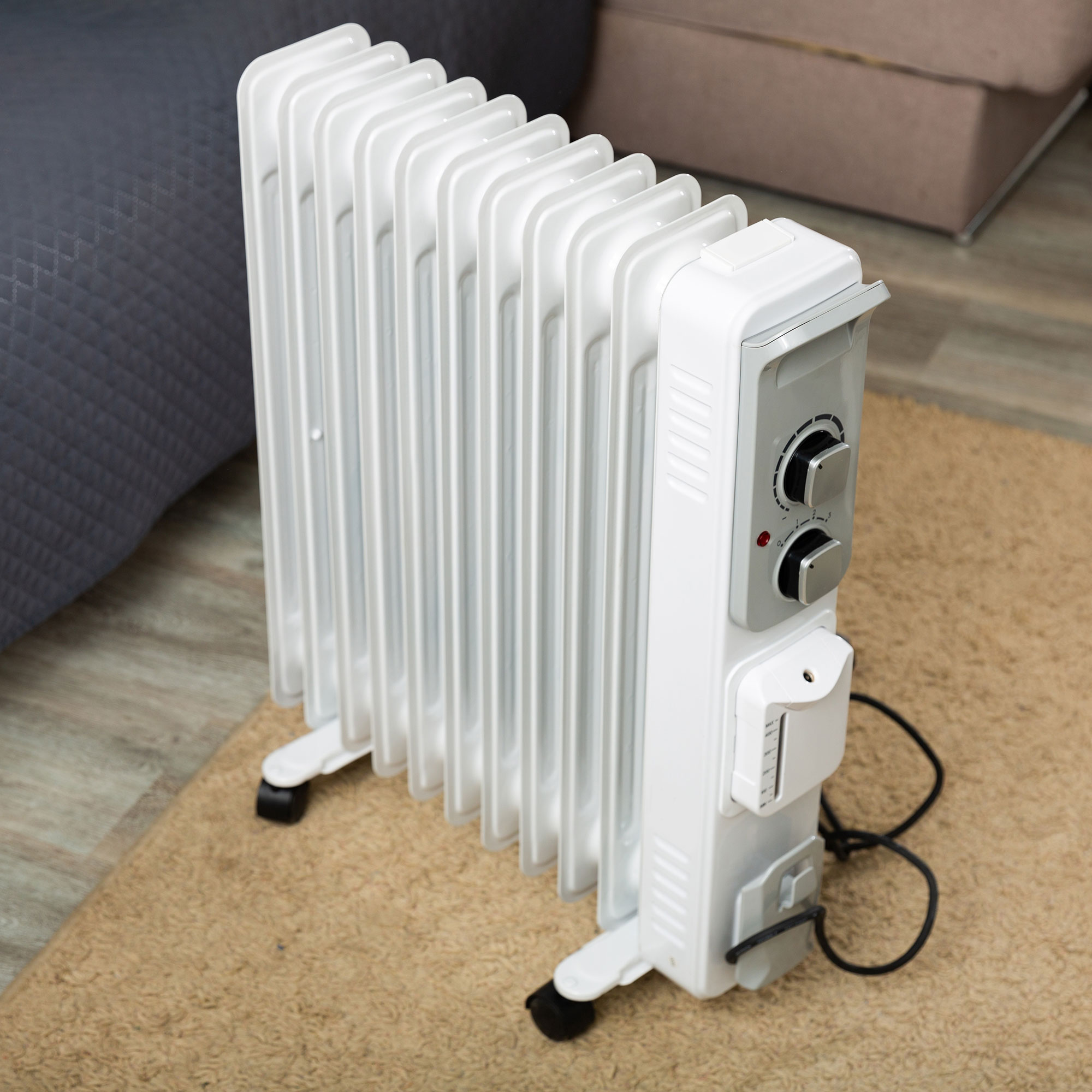
3. The design
You might assume that the larger the oil-filled radiator, the higher the wattage. However, that’s not always the case. An oil-filled radiator works by pushing thermal fluid into every nook and cranny of the appliance and warming up the ambient air around it. That’s why opting for a larger radiator with a larger surface area (often divided into fins) will always be more efficient. And while this isn’t necessarily an energy-saving tip, it is something to look out for if you want to ensure that you’re getting the most amount of heat from the appliance.
How can I cut the cost of an oil-filled radiator?
While it’s fairly cheap to run an oil-filled radiator, we understand that many people still worry about rising energy bills. So, it’s worth looking at ways to cut the costs of running this appliance.
1. Choose the right size
If you want to heat a larger room, you need to choose an oil-filled radiator that has a higher wattage. It’s generally considered that a 600W radiator will successfully heat a small 6m2 room, a 1000W will heat a 10m2 room, and a 2500W will heat a 25m2 room. So, you should buy a radiator that suits the rooms you’re trying to heat. If you don’t choose the right size, you’ll have to keep your oil-filled radiator on for longer to warm your room - and this will ultimately cost you more in the long run.
2. Choose the right location
It may sound counterintuitive, but placing an oil-based radiator in the chilliest areas of your room is the best way to get the most out of your appliance. They’re best placed underneath windows or near doors, as they help to increase and stabilise the ambient temperature. In fact, their sole purpose is to warm up the cold air and draughts that ultimately make you feel chilly.
3. Keep things stable
Of course, we understand that this isn’t always possible, but one of the best ways to cut the costs of an oil-filled radiator is to keep the temperature as stable as possible in your house. If the temperature drops too low, your appliance will have to work extra hard to warm up the room again - which will cost you more money in the long run. This doesn’t mean that you have to keep the heating on, though, as there are so many other ways to keep your home warm in winter.
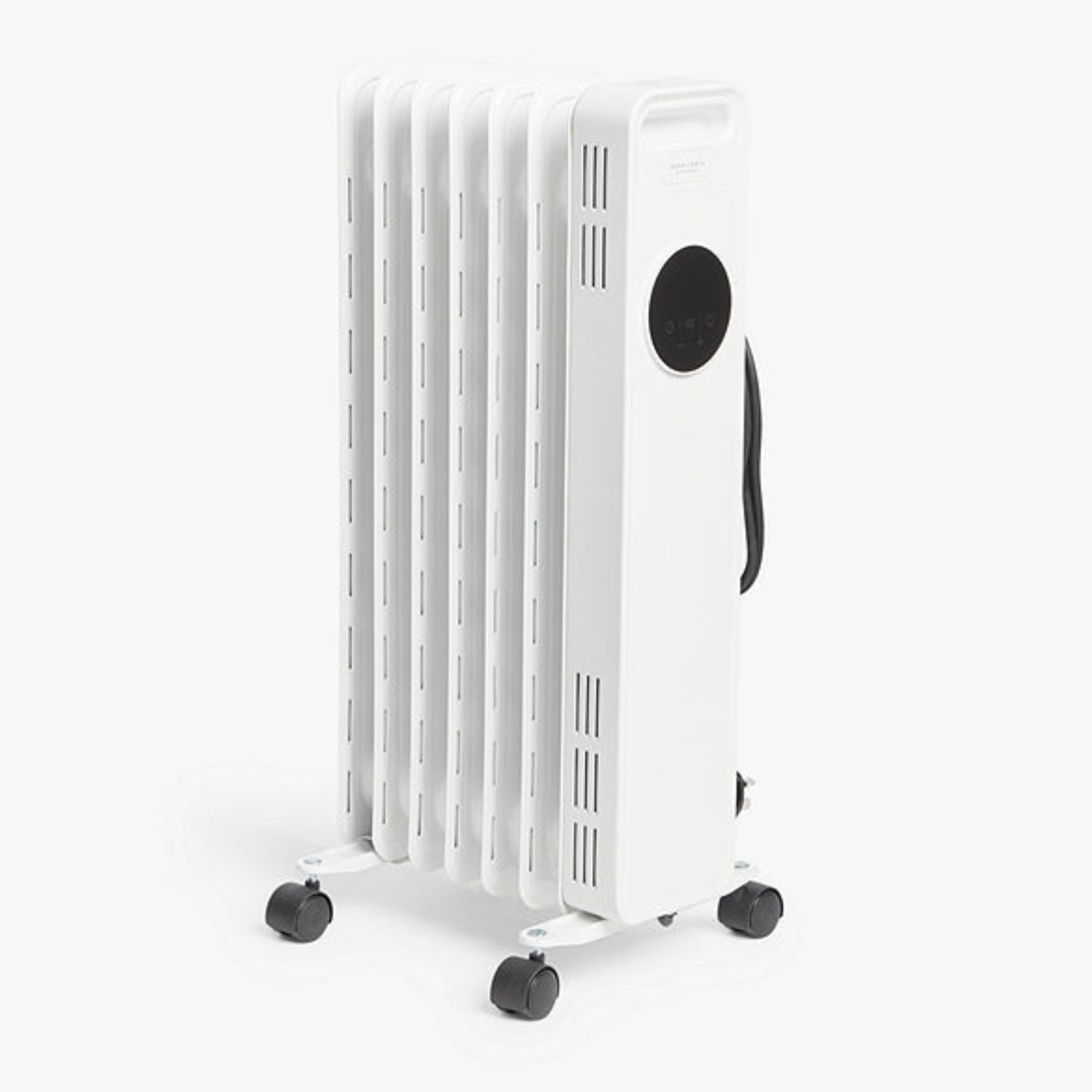
With 3 heat levers, touch control panel, and remote control, this oil-filled radiator even comes with a 25-hour timer to make heating your house even more convenient.
Now you know how much it costs to run an oil-filled radiator, will you be using one to heat your home this winter?

Lauren Bradbury has been the Content Editor for the House Manual section since January 2025 but worked with the team as a freelancer for a year and a half before that. She graduated with a Bachelor’s degree in English and Creative Writing from the University of Chichester in 2016. Then, she dipped her toe into the world of content writing, primarily focusing on home content. After years of agency work, she decided to take the plunge and become a full-time freelancer for online publications, including Real Homes and Ideal Home, before taking on this permanent role. Now, she spends her days searching for the best decluttering and cleaning hacks and creating handy how-to guides for homeowners and renters alike, as well as testing vacuums as part of her role as the Ideal Home Certified Expert in Training on Vacuums, having spent over 110 hours testing different vacuum models to date!
-
 Will a conservatory add value to your home and how can you maximise it?
Will a conservatory add value to your home and how can you maximise it?This is what the pros say
By Amy Reeves
-
 I’ve been looking for a new signature scent for my home and The White Company's new fragrance is the exact summer holiday smell I needed
I’ve been looking for a new signature scent for my home and The White Company's new fragrance is the exact summer holiday smell I neededSantorini smells fresh, summery and sophisticated
By Kezia Reynolds
-
 How to remove algae from garden walls in five steps – and the cleaning product experts rave about for tackling it fast
How to remove algae from garden walls in five steps – and the cleaning product experts rave about for tackling it fastExperts share their top tips for getting garden walls algae-free
By Katie Sims
